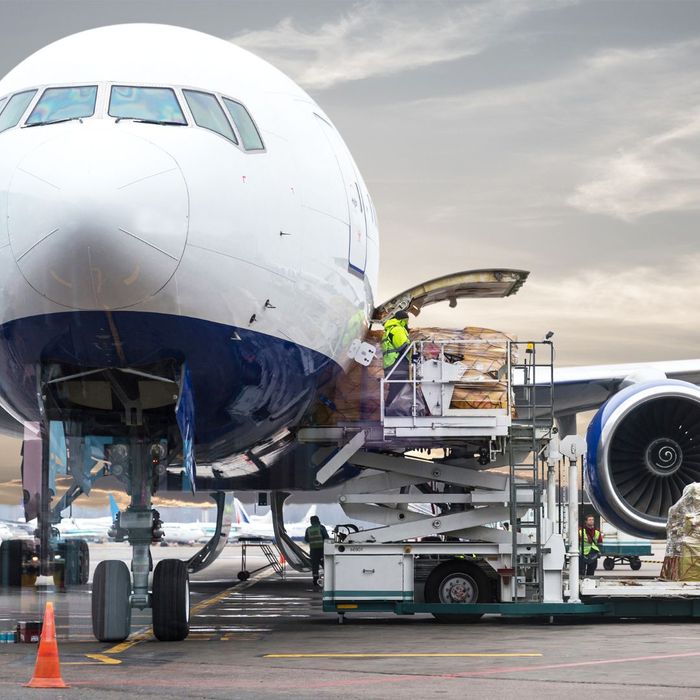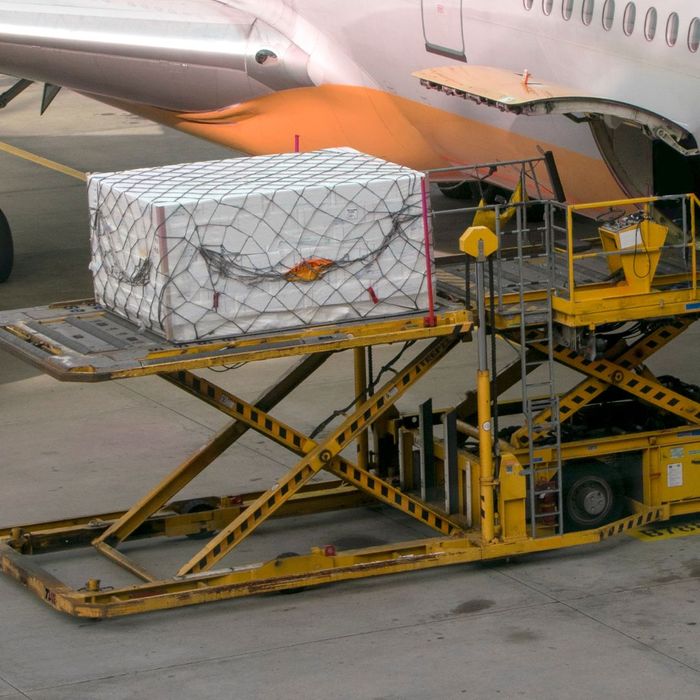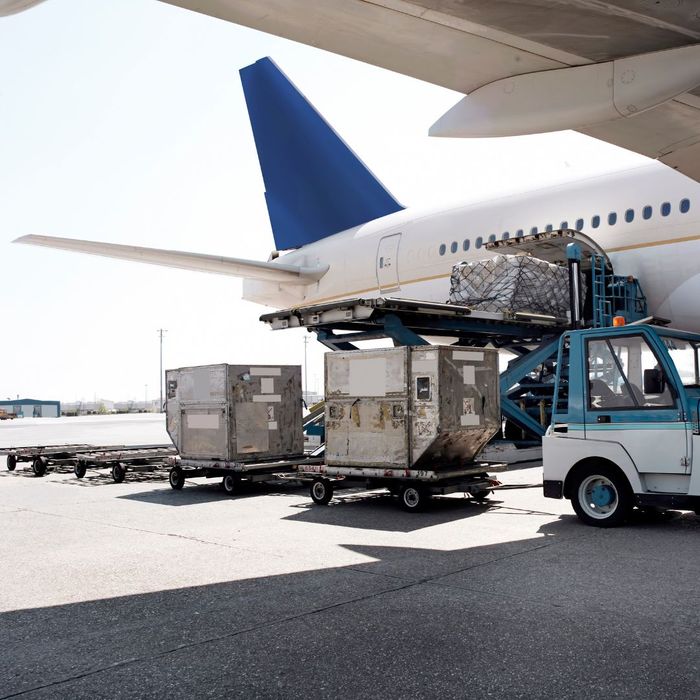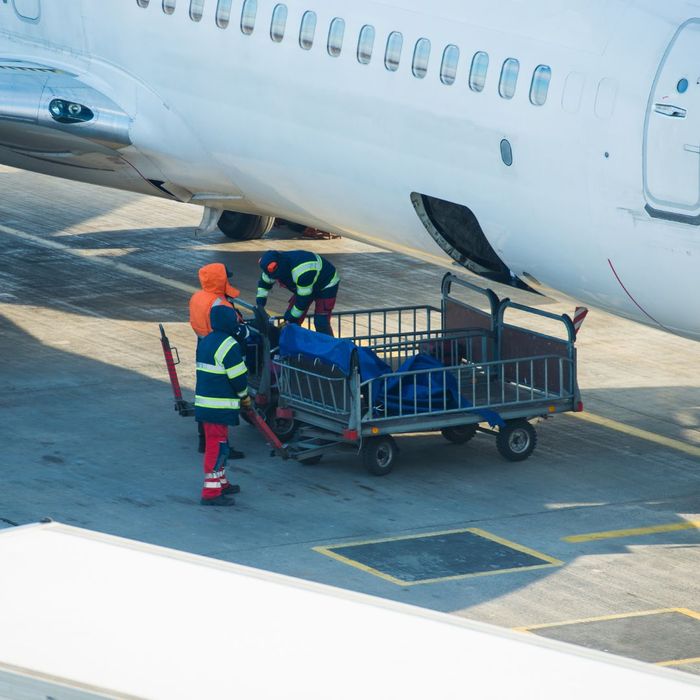Transporting perishable goods via air freight is a highly specialized process that demands meticulous attention to detail. Whether you're shipping delicate food products that need to maintain their freshness, life-saving pharmaceuticals that require strict temperature control, or other temperature-delicate goods, this blog post, brought to you by Cal Air Cargo, will equip you with valuable insights and expert tips to navigate the process with confidence.
In today's fast-paced global marketplace, the need for rapid and efficient transport of perishable goods has never been greater. Consumers and businesses alike depend on the timely delivery of perishable and other time-sensitive products. This necessitates not only a deep understanding of the specific requirements of different perishable items but also a commitment to adhering to regulations and sustainability practices.
The challenges posed by the transportation of perishable goods extend far beyond merely maintaining the right temperature. Factors like handling, packaging, and compliance with international regulations are also crucial in ensuring the successful delivery of these sensitive cargo.
We will delve into four essential aspects that are vital to the success of transporting perishable goods via air freight. These include strategic planning, appropriate packaging, compliance with regulations, and the importance of partnering with a reliable logistics provider like Cal Air Cargo. By examining these elements in detail, you will gain the knowledge and confidence needed to ensure the safe and efficient transport of your perishable cargo, regardless of the specific requirements or problems you may encounter.




